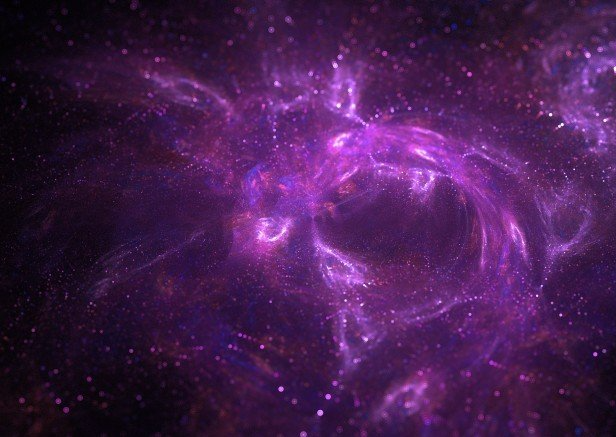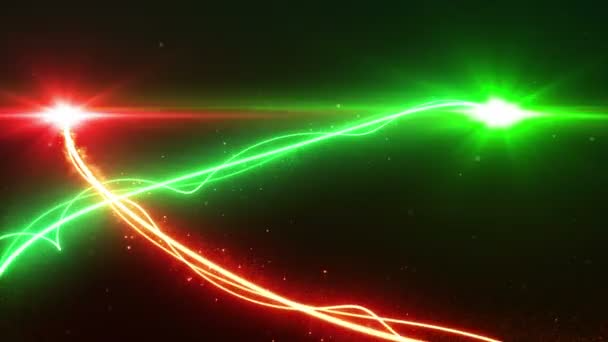Kimungu Madhabahuni - The Spring Equinox and Visitation
- By kwende ukaidi
- •
- 25 Mar, 2021
- •
Divinity in the Contemporary World

By the grace of the Creator
Supreme, what is considered to be ‘science’ for the Afrikan is part of
spiritual functioning. For science comes from the word European word scientia
which simply means ‘to know’. As with all aspects of Afrikan life knowing is
energised by spirit thrust. Therefore, knowing is naturally a holistic endeavour
for the Afrikan. When the Afrikan builds great monuments or assigns significant
meaning to a particular site it is not simply because of sheer aesthetic
quality. But because any superlative beauty aesthetic or beautiful outpouring
is an outward expression of deeper knowingness energised by core spirit life.
Places of significance throughout the Afrikan world represent profound depths
of knowingness and have been aligned in some way to the spring equinox from Ancient
Nile Valley monuments to the monuments of Great Zimbabwe and beyond. These
sites built by Afrikan souls carry the continual thrust of spiritual
empowerment for Afrikan souls.
Even a present-day popular European tabloid publication highlights the importance of such places and the value of visiting them during the time of the spring equinox:
“Many of the world’s monuments were built as astronomical calendars. So people could map the movement of the Sun. The equinox is therefore a great time to visit these monuments”.
Some of the constructed sites in the Afrikan world may not even be considered to be of any great significance to the casual passer-by. Yet, this primary people of superlative spirit and genius flow were able to build in ways that modern foreign ‘scientists’ are only able to attempt to play mere catch-up in understanding.
In an article published by the American Association for the Advancement of Science the following was stated:
“Namoratunga, a megalithic site in northwestern Kenya, has an alignment of 19 Basalt pillars that are nonrandomly oriented toward certain stars and constellations. The same stars and constellations are used by modern Cushitic peoples to calculate an accurate calendar. The face that Namoratunga dates to about 300BC suggests that a prehistoric calendar based on detailed astronomical knowledge was in use in eastern Afrika”.
What is ‘pre-history’ for the European is a firm and functional part of the far more senior Afrikan history continuum. As such, the extensive Afrikan journey is grand inheritance for Afrikan souls to claim and to be empowered by.
Despite the efforts of others that mean the Afrikan ill to render the Afrikan in a less-than natural self state, Afrikan souls must continue their ever-ascending rise for optimality. The alien attempt to induce tendencies for Afrikan souls to dip into their Afrikanness and dip out of their Afrikanness as though best living is to treat living knowingness of self as a fad of fashion is despicable. The Afrikan science of self is spiritual and physical with all of the great and divine outward manifestations that it brings. Certainly, the Afrikan shrine is a part of the manifestation.
Just as Afrikan souls of the past constructed sites of great importance, so too the Afrikan can construct the shrine in the home in knowingness and restoration of self. Places of significance beyond the home can become the sites for communal ingathering amplifying the energy of ascension that the home shrine yields.
Around the time of the spring equinox is indeed a great time to journey to shared communal shrine space (if, when and where possible). This, a journey of spiritual enrichment and empowerment. Neither abstract nor an empty parade but time to empower maximal ascension of Afrikan people through the self-determined engagement, thrust and missioning for Afrikan liberty and nationhood.
Kimungu Madhabahuni is a time of year to celebrate the Afrikan shrine at home and beyond. Kimungu Madhabahuni takes place during the holiday period associated with the spring equinox. At this time many people are away from the mundane of the various institutions albeit largely as a dictate of presently popular foreign religious doctrine. This therefore, can allow many more Afrikan people the time and space to restore, elevate and be themselves freely in reverence at their own special places. Throughout the annual cycle of the spiritual and cultural calendar of the Universal Royal Afrikan Nation observance to observance, Afrikan life is endowed with the essential of living knowingness. For the Afrikan souls, being a part of an organ for mission ascendancy is key. The Universal Royal Afrikan Nation is a spiritually and culturally rooted organ for Afrikan ascension.
The Universal Royal Afrikan Nation (URAN) is an Afrikan-centred spiritual and cultural mission for ascendancy that embodies living spiritually and culturally rooted life. To find out more about URAN and its spiritual-cultural mission for liberty and nationhood click here. The exquisite URAN pendant can be obtained online by clicking here.
In his capacity as an Afrikan-centred spiritual cultural practitioner this author is available for further learning in this regard and also for the carrying out of ceremonies such as naming and name reclamation. For details please click here.
Afrikan World Studies programmes are an important forms of study in understanding the Afrikan experience. There are a range of subjects covered on these programmes including History, Creative Production, Psychology and Religion. To find out more about these learning programmes please click here. For the video promo for these learning programmes click here.
At nominal cost, also consider acquisition of an a4 laminate poster of articulations by this author when visiting the Yemanja institution to enrol, consult, learn, gather or otherwise.
Also, visit www.u-ran.org for links to Afrikan liberation Love radio programme on Universal Royal Afrikan Radio online.
